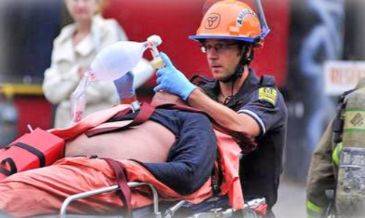While you’re making your New Year’s resolutions, consider adding “check our household fire safety” to the list.
 January is one of the worst months for house fires, according to the U.S. Fire Administration (USFA). While the number-one cause of house fires year-round is still cooking-related accidents, the addition of various heating methods in the winter months further increases the risk of fire. And when temperatures tend to plummet in January, the risk goes up accordingly. Burn injuries can cause severe pain and result in permanent disabilities, as many experienced Colorado Springs injury lawyers have seen.
January is one of the worst months for house fires, according to the U.S. Fire Administration (USFA). While the number-one cause of house fires year-round is still cooking-related accidents, the addition of various heating methods in the winter months further increases the risk of fire. And when temperatures tend to plummet in January, the risk goes up accordingly. Burn injuries can cause severe pain and result in permanent disabilities, as many experienced Colorado Springs injury lawyers have seen.
Fireplaces, wood stoves, chimneys, and space heaters can all pose a fire risk. You can help reduce this risk for yourself and your family by taking a second look at your household’s fire safety rules this January. Here are some places to start:
- Check your household’s smoke detectors. Every floor and every bedroom should have its own smoke detector. If you haven’t replaced the batteries recently, now is a good time do so. Combination smoke and carbon monoxide detectors can also warn you about risks from carbon monoxide, which can be produced by some heating equipment.
- Update your family’s “what to do in case of fire” plan. Designate a meeting place a safe distance from your house, and make sure every bedroom has at least two entrances and exits.
- Double-check your heating equipment, stove, and dryer for safety. Perform regular cleanings and maintenance. The Consumer Product Safety Commission keeps an updated list of recalls, including recalls of defective heating equipment, online; be sure to check this periodically so you can avoid using a space heater or other device known to have a defect that might cause a fire.
